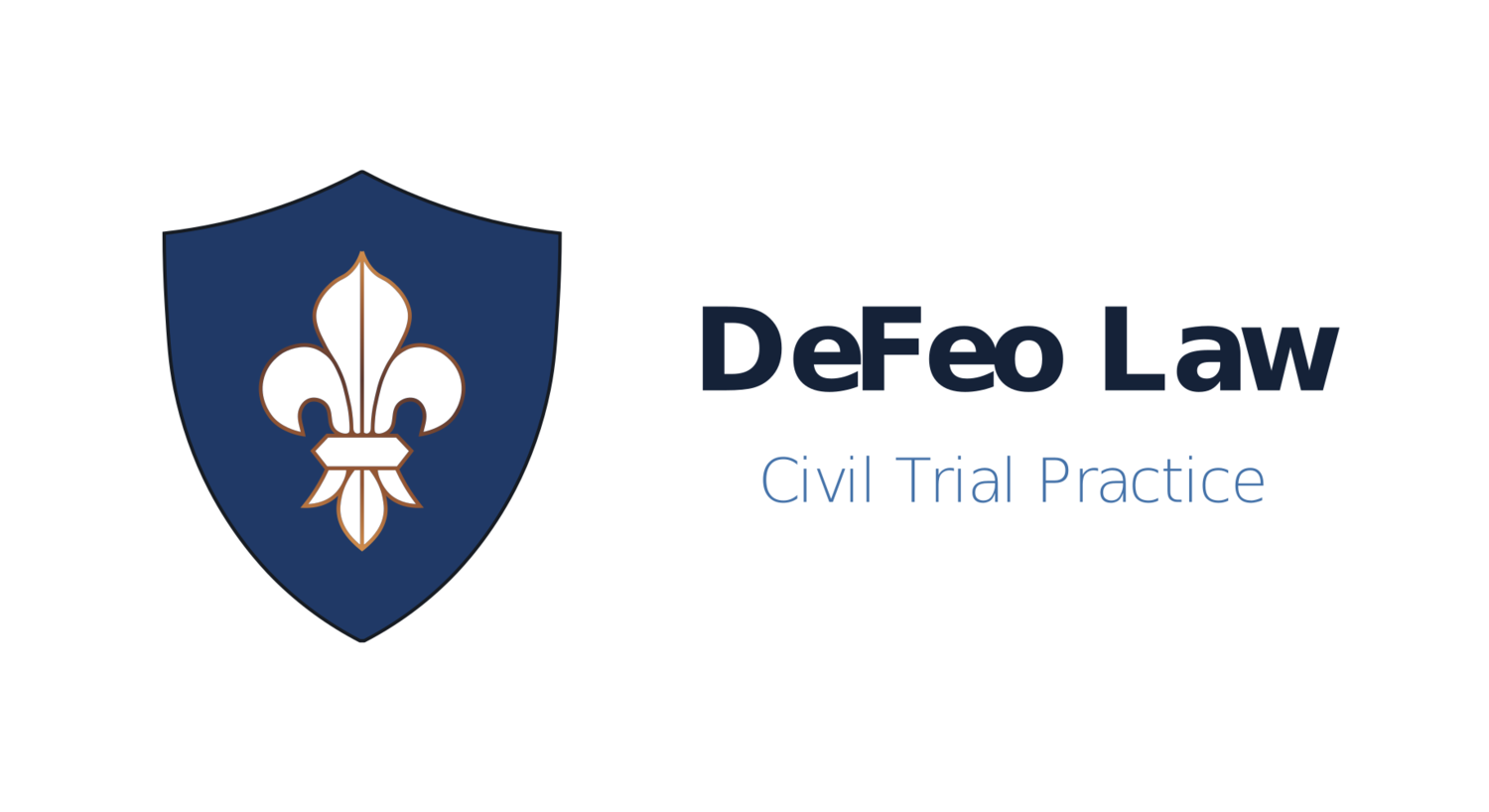Sexual violence terms and descriptions
Sexual Violence: An all-encompassing, non-legal term that refers to crimes like sexual assault, rape, and sexual abuse. Sexual violence is accomplished through threat, coercion, exploitation, deceit, force, physical or mental incapacitation, and/or power of authority.
Sexual Assault: Sexual contact or behavior that occurs without explicit consent of the victim. Sexual assault is more often used to describe sex crimes committed against adult victims and is also typically used in reference to a single isolated experience. This can include attempted rape, fondling/unwanted sexual touching, incest, statutory rape, or penetration of the victim’s body (rape).
Sexual Abuse: Sex crimes committed against minors under the age of 18. It generally refers to ongoing sex crimes against a child for a period of time, such as a pattern of abuse. This can include attempted rape; fondling/unwanted sexual touching; incest; penetration of the victim’s body (rape); allowing or encouraging a child to engage in obscene photography, films, poses, or similar activity; pornographic photography, films, poses, or similar activity; prostitution; human trafficking; and unnatural or perverted sexual practices.
Sexual Battery: The touching of an intimate part of another person for purposes of sexual gratification, arousal, or abuse. Someone who commits sexual battery may also be held liable in a civil lawsuit for money damages.
Sexual Harassment: Unwelcome and uninvited sexual conduct, unwanted verbal sexual advances, requests for sexual favors and other visual, verbal, or physical conduct of a sexual nature. Sexual harassment can occur in the workplace, school and other settings (such as public transportation, shopping malls, community events, social gatherings, places of worship, health care facilities) and can create an intimidating or hostile environment for the victim. The perception of the victim, not the intent of the harasser, determines whether particular words or actions are harassing.
Sexual Misconduct: Inappropriate behavior of a sexual nature. Sexual misconduct occurs where a person in a position of authority engages in sexual activity with a subordinate. This includes teachers and their students, clergy members and their congregants, doctors and their patients, and employers and their employees. While this activity may not be explicitly illegal when it occurs between adults, sexual misconduct between an adult and a child is a crime.
Sexual Exploitation: Non-Consensual or abusive sexual advantage for one’s own benefit or the benefit of another. Any sexual interaction between helping professionals and clients is sexual violation (even if the victim sees it as consensual.) Helping professionals are bound ethically and/or legally to abstain from sexual interaction with clients, patients, and others they serve. Helping professions can include counseling, psychology, social work, therapy, health care, clergy, law, victim advocacy, education, and public health.
Sexual Trafficking: The recruitment, harboring, transportation, provision, or obtaining of a person for the purpose of a commercial sex act.
Sexual Intimidation: Threatening to sexually assault another, stalking, indecent exposure.
Rape: Non-Consensual penetration of the victim’s body (vaginal, anal, or oral penetration).
Statutory Rape: Sexual activity in which one person is below the age required to legally consent to the behavior. In most states, the age of consent is 18. Some jurisdictions have what is known as a “Romeo and Juliet” law, which excuses consensual sex between minors who are close in age.
Child Sexual Abuse: Any act that involves sexual molestation or exploitation of a child by a parent or other person who has permanent or temporary care or custody or responsibility for supervision of a child, or by any household or family member. When a perpetrator intentionally harms a minor physically, psychologically, sexually, or by acts of neglect - which includes allowing or encouraging a child to engage in obscene photography, films, poses, or similar activity; pornographic photography, films, poses, or similar activity; or prostitution; human trafficking; incest; rape; sexual offense in any degree; sodomy; and unnatural or perverted sexual practices. Offenders who target children use a variety of strategies to engage a child: force, trickery, bribery, blackmail. Child sexual abuse can be perpetrated by another child, a young person, or an adult.
Sexual grooming: Involves an abuser befriending and establishing an emotional connection with a child, and sometimes the family, to prepare a child for sexual abuse. An abuser can also be someone who is already close to the family, or even a relative.
Non-consensual sexual contact: Intentional touching of intimate parts or causing someone to touch one’s intimate parts.
Consent: Words or overt actions by a person who is legally or functionally competent to give informed approval, indicating a freely given agreement to have sexual intercourse or sexual contact.

